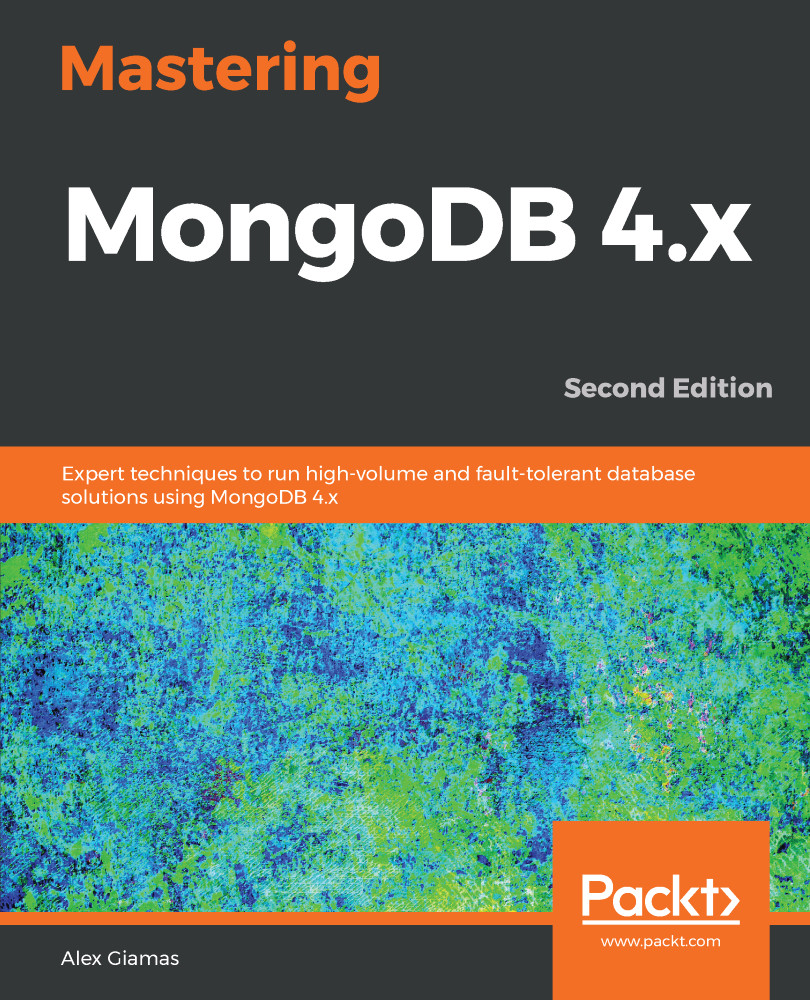In this chapter, we scratched the tip of the iceberg of CRUD operations. Starting from the mongo shell, we learned how to insert, delete, read, and modify documents. We also discussed the differences between one-off inserts and inserting in batches for performance.
Following that, we discussed administration tasks and how to perform them in the mongo shell. MapReduce and its successor, aggregation framework, were also discussed in this chapter, including how they compare, how to use them, and how we can translate SQL queries to aggregation framework pipeline commands.
Finally, we discussed security and authentication with MongoDB. Securing our database is of paramount importance; we will learn more about this in Chapter 8, Monitoring, Backup, and Security.
In the next chapter, we will dive deeper into CRUD using three of the most popular languages for web development:...


